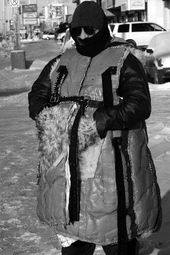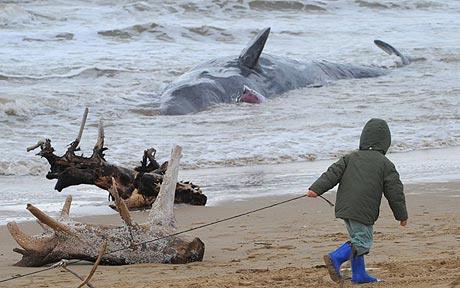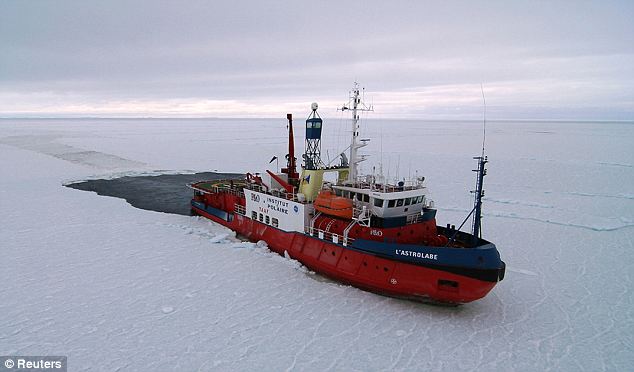Researchers from the Institute of Environmental Assessment and Water Research in Spain, the Helmholtz Centre for Environmental Research in Germany, and the University of Concepcion in Chile have
identified the presence of high levels of polychlorinated biphenyls (PCBs) on mountain ranges all over North and South America. Banned worldwide since 2001, PCBs are being found at the highest levels in many of the tallest mountain ranges.
Published in the journal
Environmental Chemistry Letters, the discovery coincides with a similar study conducted by Swiss scientists that found other pollutants in Alpine glacial lakes that affect drinking water supplies. The PCBs found on mountaintops may eventually make their way down the mountains and pollute fields, crops, and water supplies. Some scientists fear that such contamination is already taking place in certain areas.
Up until the 1980s, PCBs were widely used as coolants and insulating fluids for transformers and capacitors. They were also heavily used in paints, cements, coatings, and pesticides. Once it was discovered that these compounds cause liver damage, male infertility, hair loss, acne, and other serious problems, they were banned globally under the Stockholm Convention.



